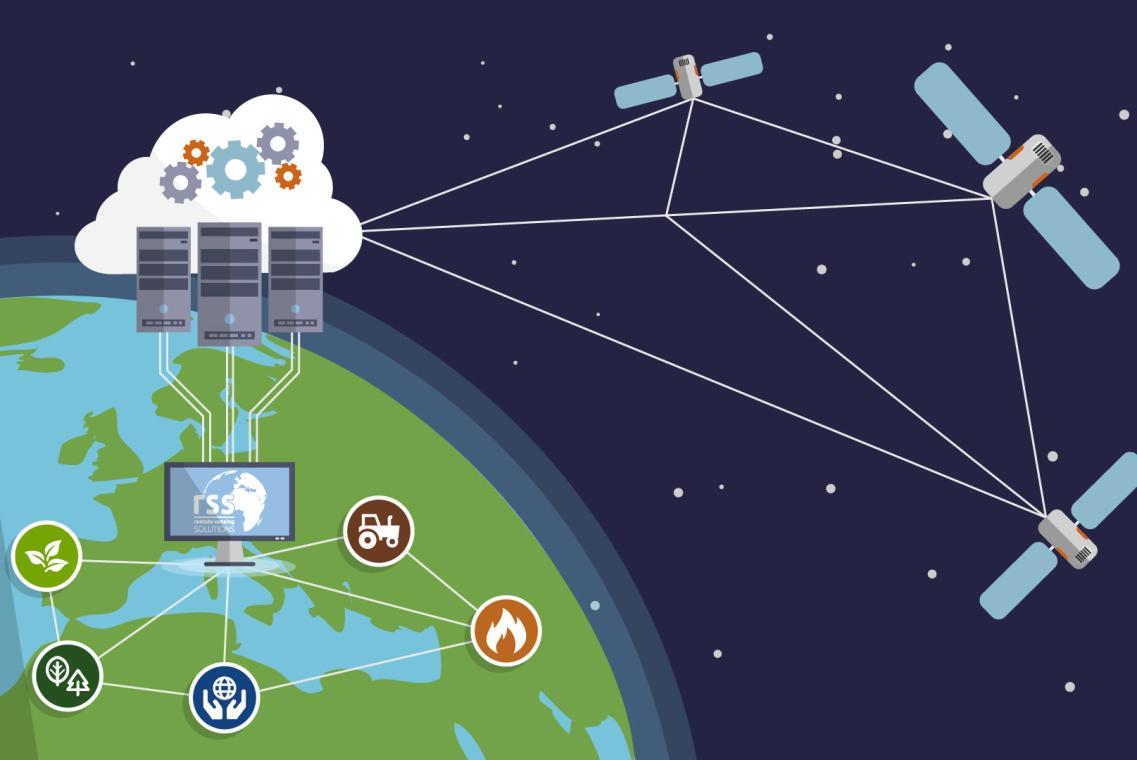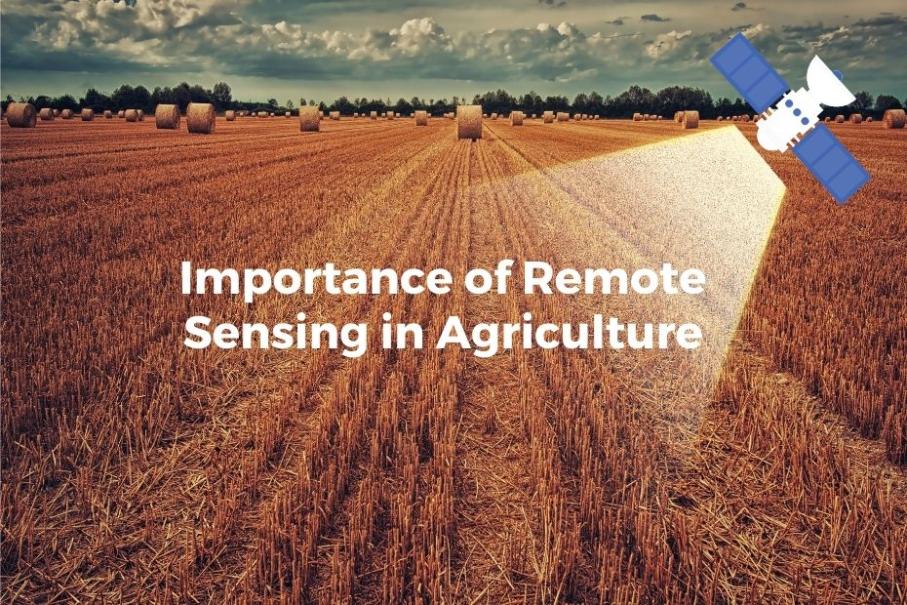Exploring the Potential of Satellite Data Remote Sensing in Minimally Invasive Surgery: A Comprehensive Analysis
Introduction

Definition of Satellite Data Remote Sensing and Minimally Invasive Surgery (MIS)
Satellite Data Remote Sensing:
- Acquisition of data about the Earth's surface and atmosphere from satellites.
- Provides valuable information for various applications, including healthcare.
Minimally Invasive Surgery (MIS):
- Surgical procedures that involve minimal invasion of the body.
- Employs small incisions and specialized instruments to access the surgical site.
Significance of Integrating Satellite Data Remote Sensing and MIS
The integration of satellite data remote sensing and MIS holds immense potential for revolutionizing surgical practices.
- Improved Surgical Outcomes: Satellite data can provide surgeons with detailed information about the surgical site, leading to more precise and accurate procedures.
- Reduced Patient Discomfort and Recovery Time: MIS techniques minimize tissue damage and scarring, resulting in reduced pain and faster recovery.
- Enhanced Precision and Accuracy during Surgery: Satellite data can guide surgeons in real-time, ensuring optimal placement of surgical instruments and minimizing complications.
Applications of Satellite Data Remote Sensing in MIS
Pre-operative Planning

Satellite data plays a crucial role in pre-operative planning for MIS procedures.
- 3D Visualization of Surgical Site: Satellite data can create detailed 3D models of the surgical area, allowing surgeons to visualize the anatomy and plan the surgical approach.
- Identification of Critical Structures: Satellite data can help identify and map critical structures near the surgical site, minimizing the risk of damage during surgery.
- Planning of Surgical Approach: Satellite data can assist in determining the optimal surgical approach and entry point, ensuring minimal invasiveness.
Intra-operative Guidance
Satellite data provides real-time guidance during MIS procedures, enhancing surgical precision and safety.
- Real-Time Monitoring of Surgical Instruments: Satellite data can be used to track the position of surgical instruments in real-time, ensuring accurate placement and minimizing tissue damage.
- Tissue Characterization: Satellite data can provide information about the tissue's composition and properties, aiding in the identification of diseased or abnormal tissues.
- Detection of Complications: Satellite data can help detect complications during surgery, such as bleeding or infection, allowing for immediate intervention.
Post-operative Monitoring
Satellite data can be utilized to monitor the patient's progress after MIS surgery.
- Assessment of Surgical Outcomes: Satellite data can be used to evaluate the success of the surgery and identify any complications, facilitating timely interventions.
- Monitoring of Wound Healing: Satellite data can be used to monitor the healing process of surgical wounds, detecting any signs of infection or delayed healing.
- Long-Term Follow-up: Satellite data can be used to track the patient's progress over time and identify any long-term complications, ensuring ongoing care.
Challenges and Limitations
Data Acquisition and Processing
Satellite data acquisition and processing pose certain challenges that need to be addressed.
- Need for Specialized Equipment and Expertise: Acquiring and processing satellite data requires specialized equipment and expertise, which may not be readily available.
- Issues Related to Data Transmission and Storage: Satellite data transmission and storage can be challenging due to its large volume and the need for secure and reliable infrastructure.
Data Interpretation
Interpreting satellite data for MIS applications requires skilled personnel and robust methodologies.
- Requirement for Skilled Personnel: Interpreting satellite data requires specialized knowledge and training, which may not be widely available among healthcare professionals.
- Potential for Misinterpretation and Errors: Misinterpretation of satellite data can lead to errors in surgical planning and execution, highlighting the need for rigorous data analysis and validation.
Ethical and Regulatory Considerations
The use of satellite data in MIS raises ethical and regulatory concerns that need to be addressed.
- Concerns about Patient Privacy and Data Security: Satellite data may contain sensitive patient information, necessitating robust data protection measures and adherence to privacy regulations.
- Need for Clear Guidelines and Regulations: The use of satellite data in MIS requires clear guidelines and regulations to ensure responsible and ethical implementation.
Future Directions and Conclusion
Ongoing Research and Development
Ongoing research and development efforts are pushing the boundaries of satellite data remote sensing in MIS.
- Development of New Sensors and Technologies: The development of new sensors and technologies is enhancing the capabilities of satellite data acquisition and processing, leading to more accurate and detailed data.
- Advancement in Data Processing and Analysis Techniques: Advancements in data processing and analysis techniques are improving the efficiency and accuracy of satellite data interpretation, facilitating its integration into clinical practice.
Clinical Implementation
The clinical implementation of satellite data remote sensing in MIS requires concerted efforts from various stakeholders.
- Integration of Satellite Data into Surgical Planning and Execution: Integrating satellite data into surgical planning and execution workflows is crucial for realizing its full potential in MIS.
- Training of Healthcare Professionals in the Use of Satellite Data: Training healthcare professionals in the use of satellite data is essential for ensuring its effective and safe application in clinical practice.
Conclusion
Satellite data remote sensing holds immense promise in revolutionizing MIS, offering the potential for improved surgical outcomes, reduced patient discomfort, and enhanced precision and accuracy during surgery. Ongoing research and development efforts, coupled with responsible clinical implementation, will pave the way for the widespread adoption of satellite data remote sensing in MIS, transforming the landscape of minimally invasive surgical practices.
YesNo

Leave a Reply